
What Is The Best Time Of Year To Remove Moss From Roof?
Read more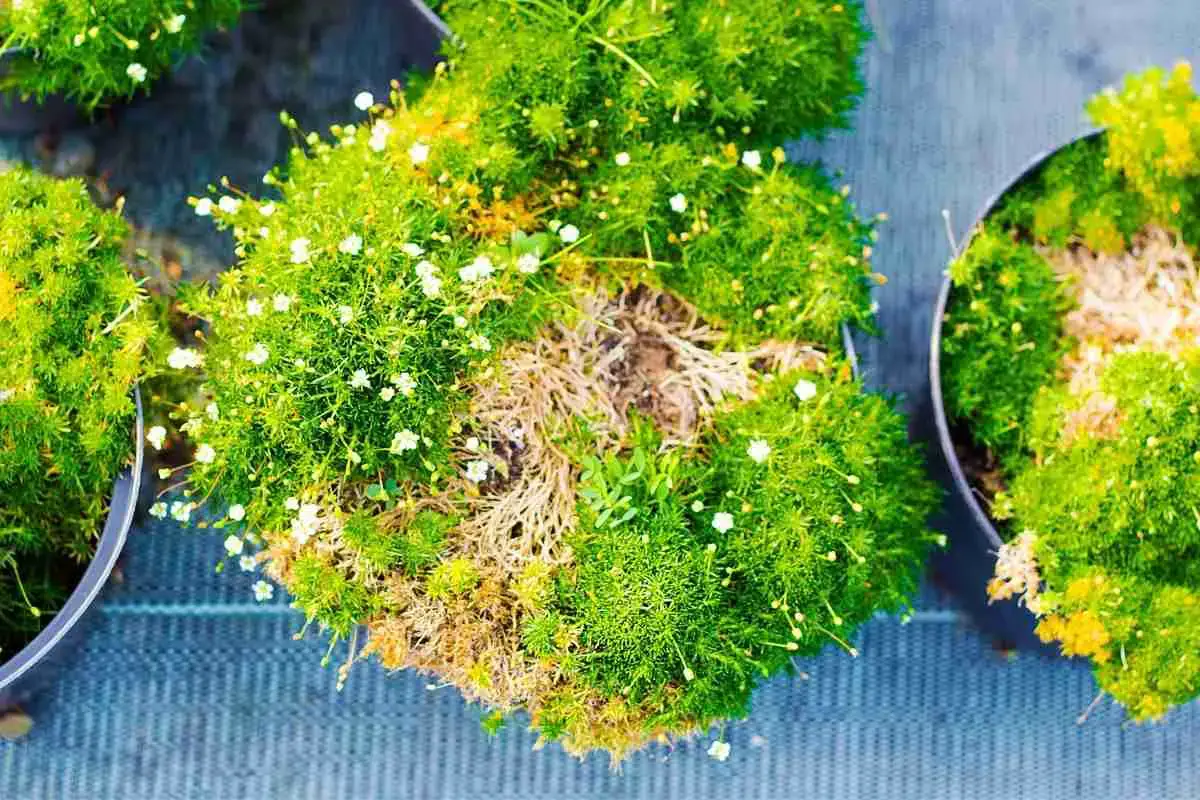
Scotch Moss or Irish Moss: Unveiling the Key Differences You Need to Know!
Read more
How to age terracotta pots with moss
Read more
Best Homemade method to Kill moss on tarmac driveway
Read more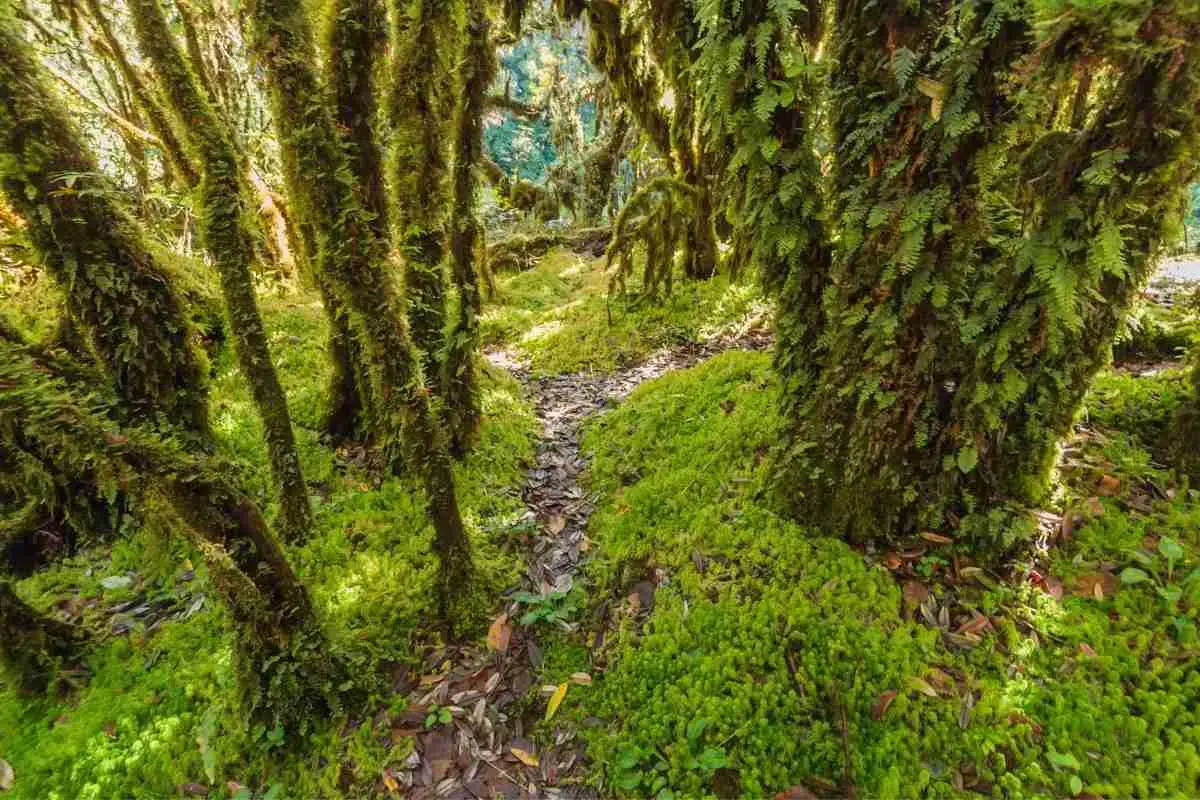
8 Types Of Moss That Grows On Trees
Read more
How to grow moss without moss. And why you’d rather not
Read more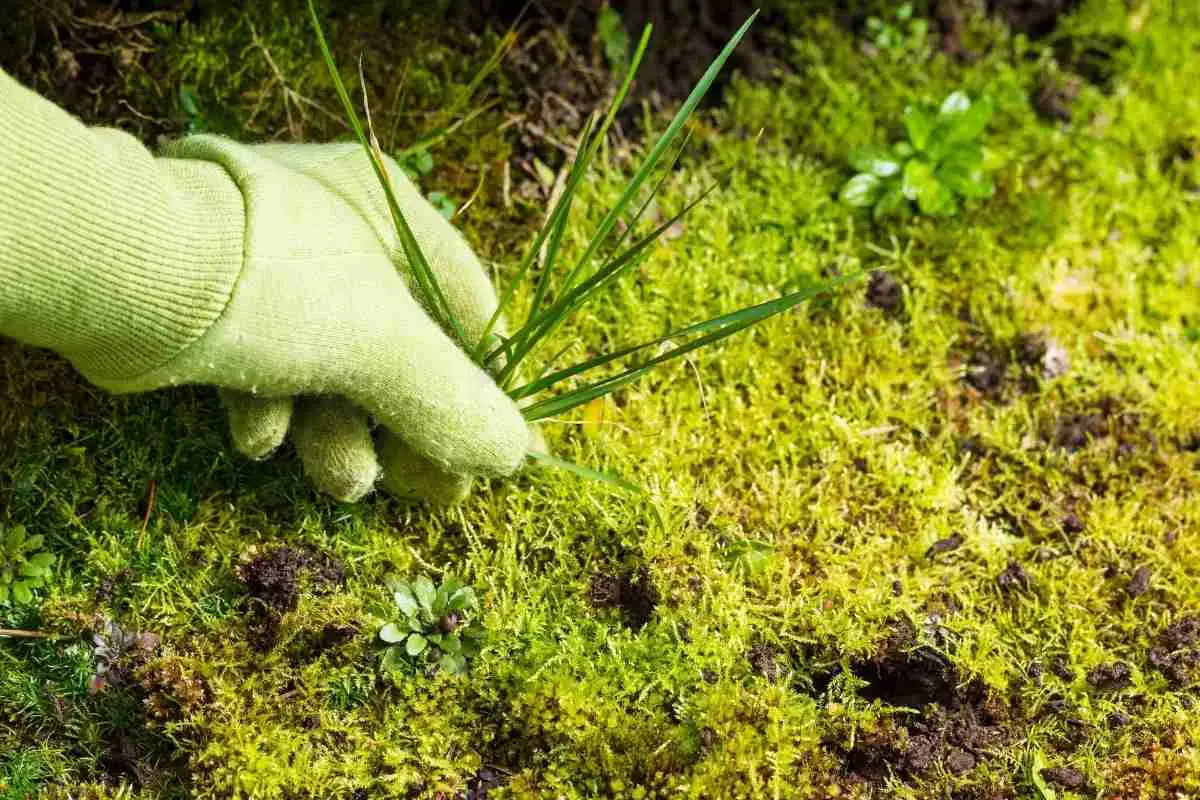
8 Simple Tips For Keeping Moss Alive!
Read more
7 Easy Tips To Make Moss Grow Faster!
Read more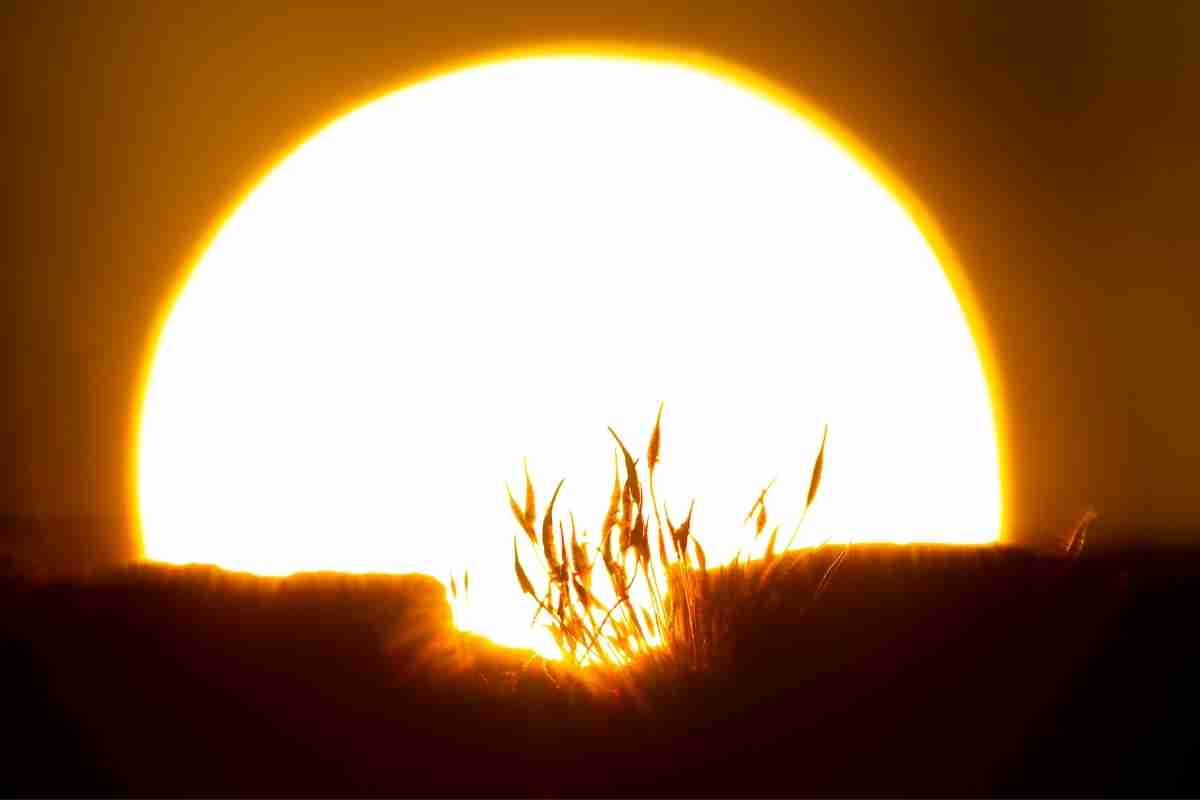
Does Moss Need Sunlight?
Read more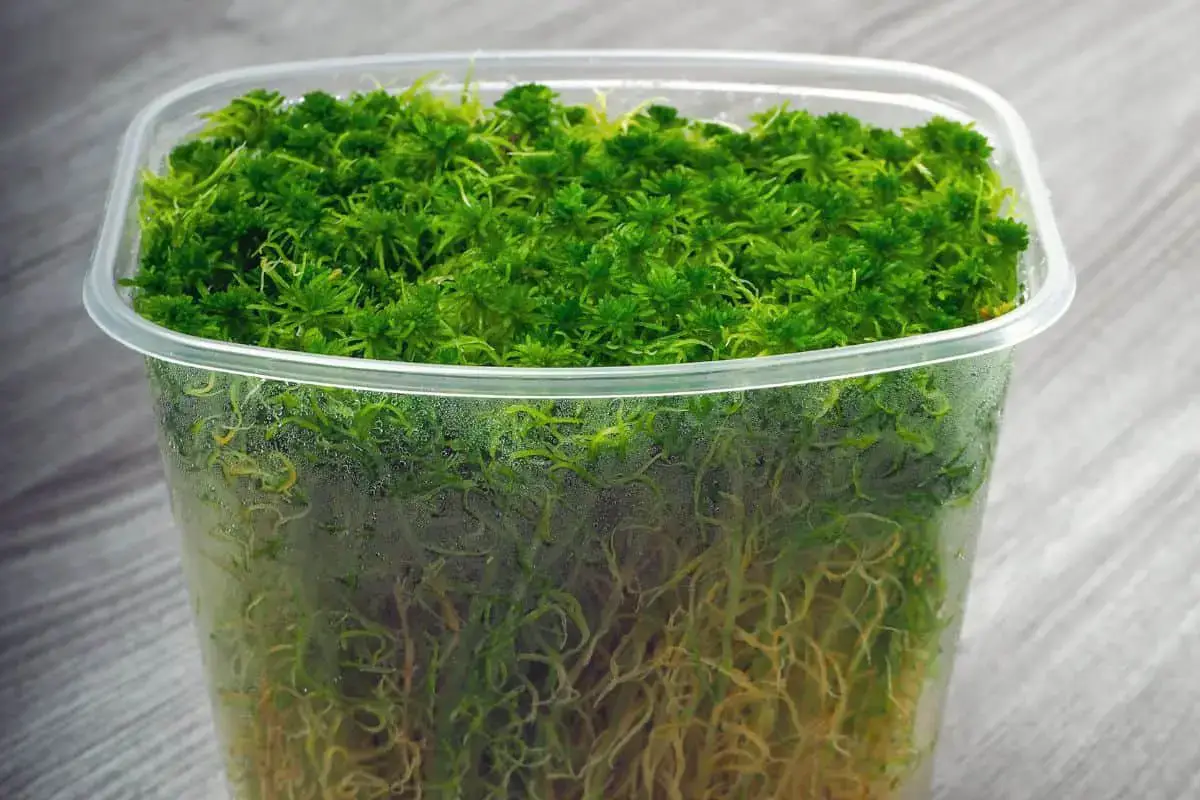
Can Sphagnum Moss Grow Underwater?
Read more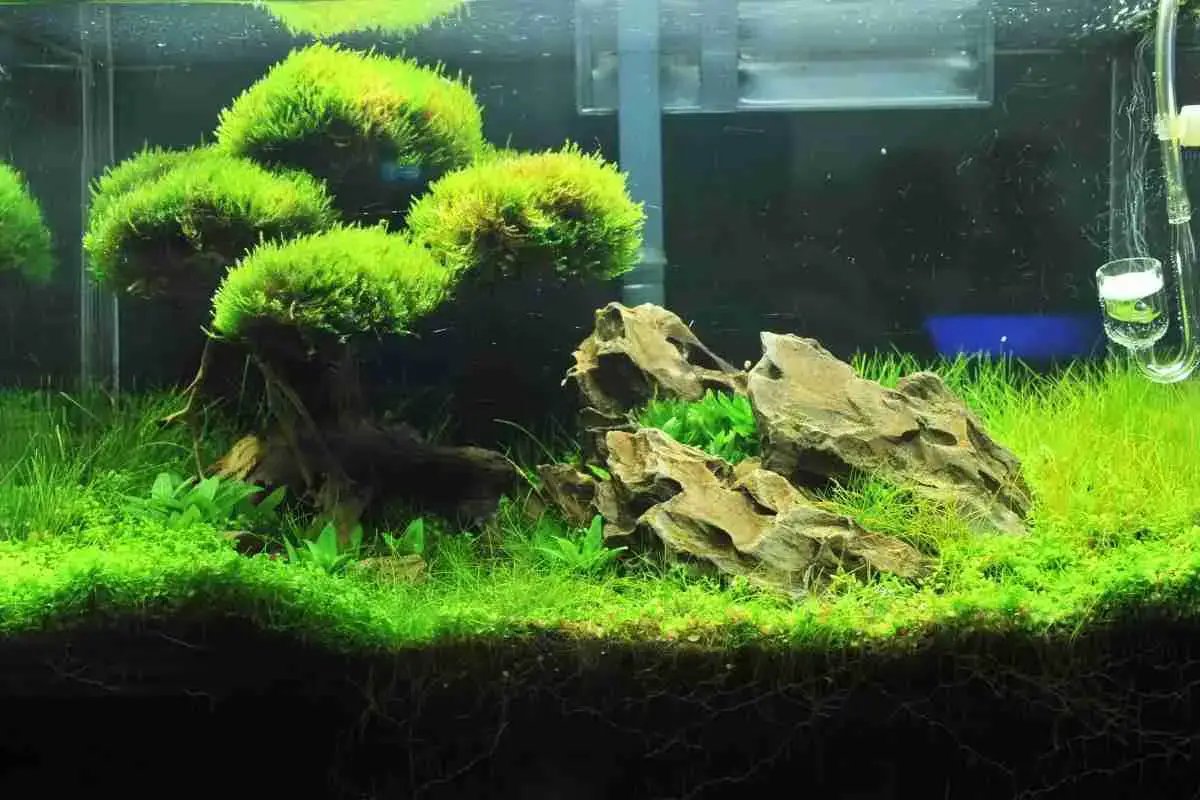
How To Grow Java Moss Carpet On Sand?
Read more